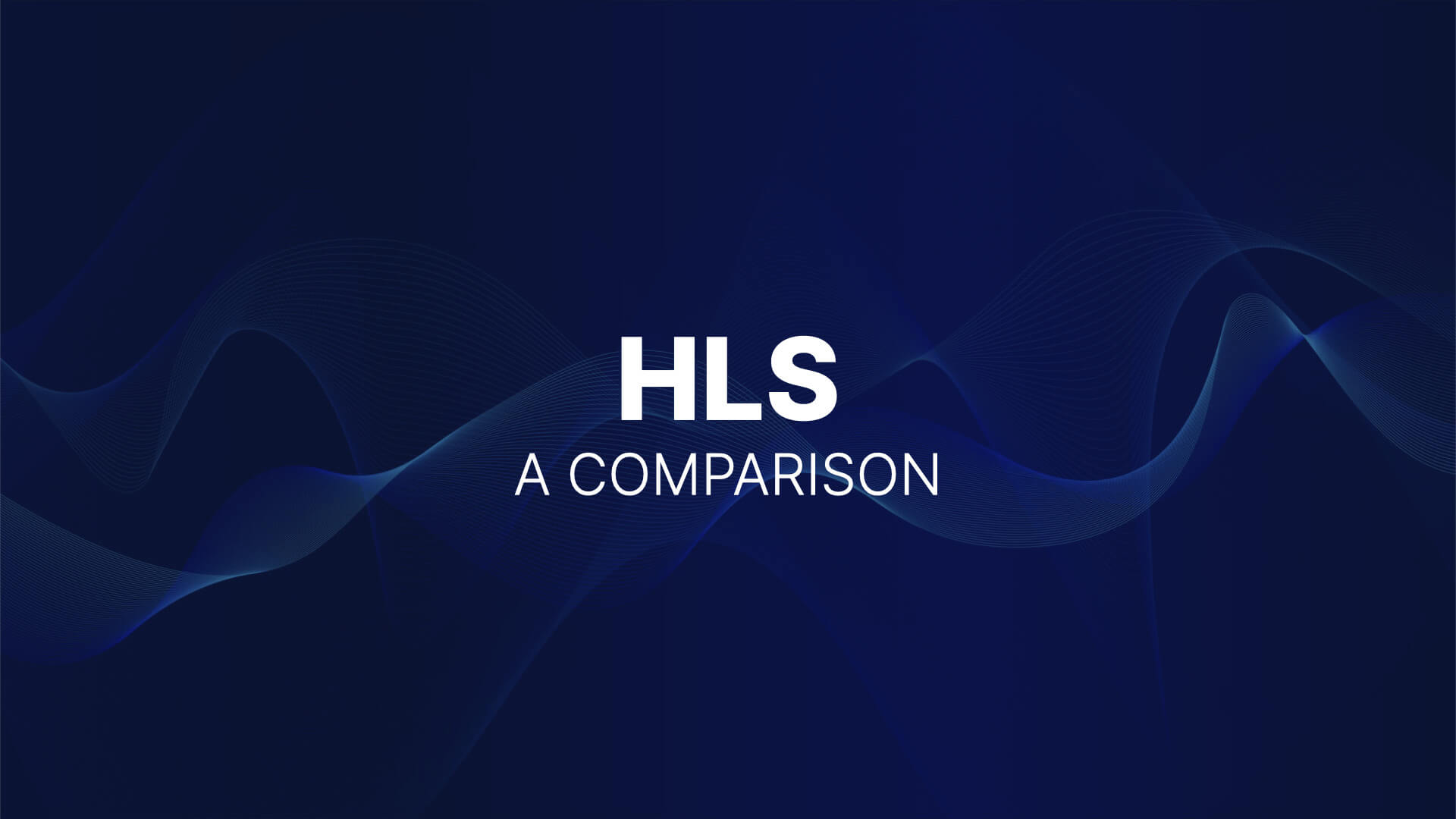HLS – stability at the core
Initially, the HTTP live streaming protocol, HLS, was developed and launched by Apple in 2009. The core of the HLS protocol is all aboutstability. HLS allows for high video qualities, including 4K, which HLS effectively sustains on a high percentage of viewer connections. Moreover, HLS supports adaptive bitrate, meaning streams automatically adapt to and deliver the highest possible quality in relation to the bandwidth of the receiving viewers. However, a one-sided focus on stability means latency is sacrificed.
HLS follows the same overall workflow as most streaming protocols. From the initial capture to encoding, transcoding, distribution, and the final playback. One of the reasons that prevent delivery at ultra-low latency is the default chunk size used in traditional HLS. As a result, low latency HLS, or LL-HLS, was introduced to resolve this initial imbalance. LL-HLS brought latency down to about 2-4 seconds, compared to the previous range of 10-45 seconds.
The reduced latency of LL-HLS opens a number of possible use cases, especially where interactivity is a requirement. In sports betting, users want to be able to place their bets as close to the action as possible. The same goes for live casinos, which also emphasize the potential for interaction between the players and the dealer. In live events, interactivity between the audience and speaker is of the absolute essence. On that note, a latency of 2-4 seconds might not do the trick. Additionally, viewers are not kept in sync which has a negative impact on interactive scenarios and multi-platform delivery.
LL-HLS – not fast enough
HLS is the most widespread protocol in live streaming today. It has industry-wide recognition and with LL-HLS reducing the latency, it’s a convincingly robust protocol. However, as stable as HLS and LL-HLS might be in maintaining quality, the protocol still loses competitiveness to techniques that allow for exceedingly fast delivery and effective synchronization.
Alternatives solving the deficiencies of LL-HLS
Both WebRTC and Vindral LiveCloud are solid alternatives to HLS and LL-HLS, as they reduce the latency to a minimum. However, using WebRTC to minimize the latency means sacrificing quality as well as stability, the two cornerstones of both HLS and LL-HLS.
Vindral LiveCloud delivers 4K video quality at sub-second latency, and it does so with full stability. Where HLS and LL-HLS are unable to provide synchronized playout,
Vindral LiveCloud guarantees it. Furthermore, Vindral Liveprovides a configurable buffer, meaning latency can be adjusted to the specific requirements of each use case. Hence, network congestion is mitigated since the player has enough time to catch up.
In short, Vindral LiveCloud guarantees:
- 4K quality
- Sub-second latency (adjustable)
- Synchronized playout
- Adaptive Bitrate (ABR)
- Full stability


